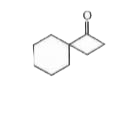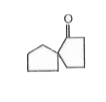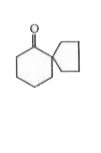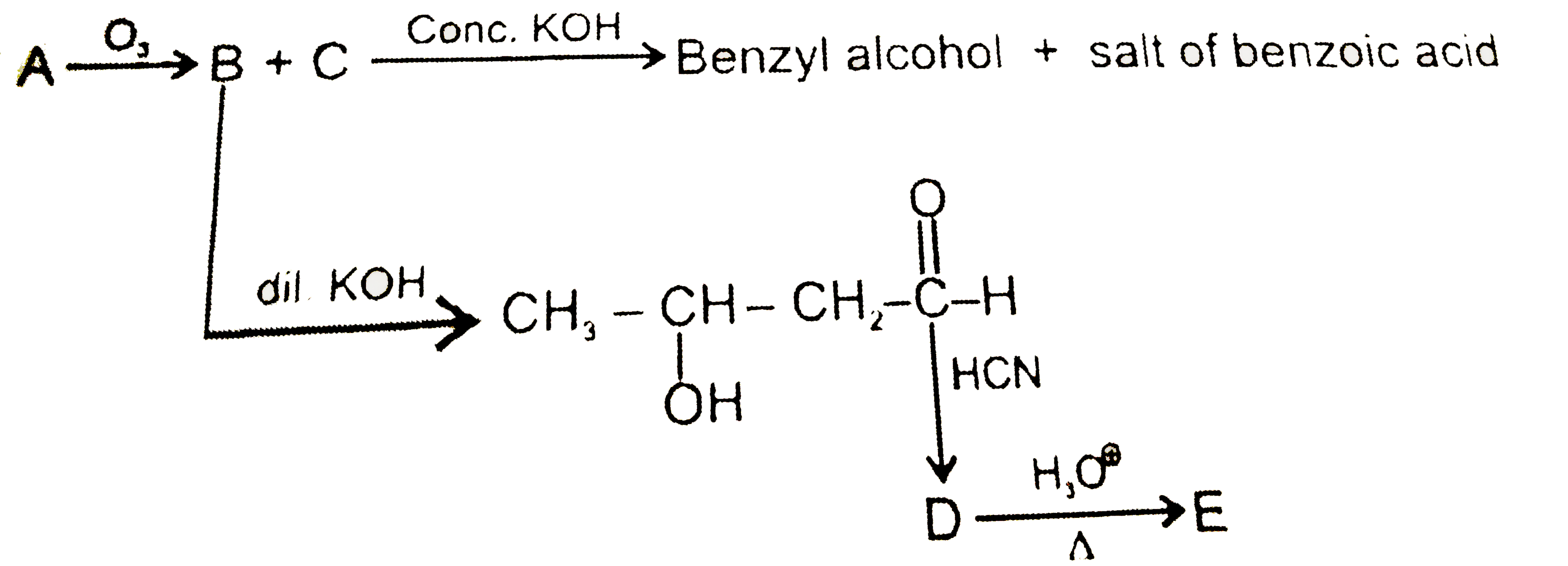Locomotory structure of Leech is/are
Parapodia
Setae
Muscle
All of these
The correct Answer is:C
To determine the locomotory structures of a leech, we need to analyze the options provided: paracordia, setae, muscle, or all of these.
Step 1: Understand what a leech is
Leeches are segmented worms belonging to the class Hirudinea. They are known for their blood-sucking behavior and have specialized structures for locomotion.
Hint: Remember that leeches are segmented worms, and their movement is adapted to their environment.
Step 2: Identify the locomotory structures
1. Parapodia: These are paired, lateral extensions found in some annelids, but leeches do not have parapodia. Instead, they move using other structures.
Hint: Think about the specific adaptations of leeches compared to other annelids.
2. Setae: Leeches possess small bristle-like structures called setae, which help in anchoring and movement. However, they are not as prominent as in other annelids.
Hint: Consider how setae might assist in movement and anchoring.
3. Muscles: Leeches have both circular and longitudinal muscles that play a crucial role in their locomotion. The contraction of these muscles allows leeches to move by extending and contracting their bodies.
Hint: Muscle movement is essential for locomotion in many animals; think about how leeches utilize their muscle structure.
Step 3: Conclusion
Since leeches utilize setae and muscles (both circular and longitudinal) for locomotion, the correct answer to the question "Locomotory structure of leech is/are" is all of these.
Final Answer: All of these (paracordia, setae, muscle).
Summary of Steps:
1. Identify what a leech is and its classification.
2. Analyze each option (parapodia, setae, muscle) for their relevance to leech locomotion.
3. Conclude that leeches use setae and muscles for movement, making the answer "all of these."
Leeches are segmented worms belonging to the class Hirudinea. They are known for their blood-sucking behavior and have specialized structures for locomotion.
1. Parapodia: These are paired, lateral extensions found in some annelids, but leeches do not have parapodia. Instead, they move using other structures.
Hint: Think about the specific adaptations of leeches compared to other annelids.
Since leeches utilize setae and muscles (both circular and longitudinal) for locomotion, the correct answer to the question "Locomotory structure of leech is/are" is all of these.
1. Identify what a leech is and its classification.
2. Analyze each option (parapodia, setae, muscle) for their relevance to leech locomotion.
3. Conclude that leeches use setae and muscles for movement, making the answer "all of these."
Topper's Solved these Questions
Similar Questions
Knowledge Check

Structure of A is :A B
B C
C D
D

Structure of A is
View SolutionIn protozoa, locomotory structures are absent in the class
View SolutionThe protozoan with helicopodia as locomotory structures is
View SolutionLocomotory organs of Nereis are
View SolutionDraw the electron dot structure of ethyne and also draw its structure of ethyne and also its structural formula.
View SolutionPrimary structure of polypeptide is stabilised or secondary structure of polypeptide is maintained by
View SolutionLocomotory organs are absent in
View Solution
